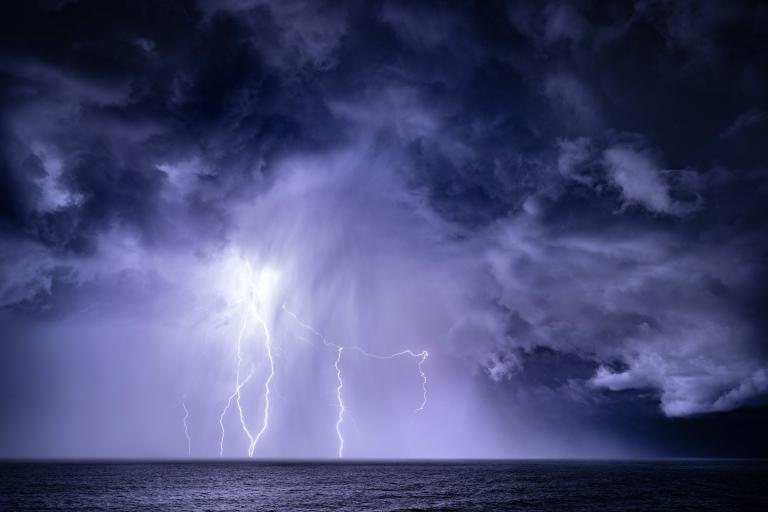Triple-Dip La Niña persists, prolonging drought and flooding
The unusually stubborn and protracted La Niña event is likely to last until the end of the northern hemisphere winter/southern hemisphere summer. The first “triple-dip” La Niña (three consecutive years) of the 21st century will continue to affect temperature and precipitation patterns and exacerbate drought and flooding in different parts of the world, according to the World Meteorological Organization (WMO).

The WMO El Niño/La Niña Update indicates about a 75% chance that La Niña will persist during December-February 2022/2023 and 60% chance during January-March 2023.
There is a 55% chance of ENSO-neutral conditions (neither El Niño or La Niña) emerging during February-April 2023, increasing to about 70% during March-May, according to the Update, which is based on input from experts and forecast models around the world.
It is only the third time since 1950 that there has been a triple-dip La Niña.
La Niña refers to the large-scale cooling of ocean surface temperatures in the central and eastern equatorial Pacific Ocean, coupled with changes in the tropical atmospheric circulation, namely winds, pressure and rainfall. It usually has the opposite impacts on weather and climate as El Niño, which is the warm phase of the so-called El Niño Southern Oscillation (ENSO).
La Niña is a natural phenomenon. But it is taking place against a background of human-induced climate change, which is increasing global temperatures, making our weather more extreme and affecting seasonal rainfall patterns.


